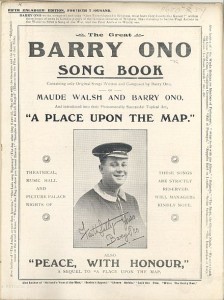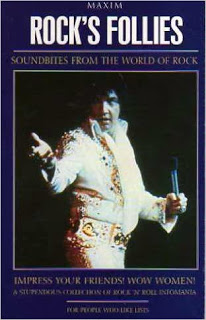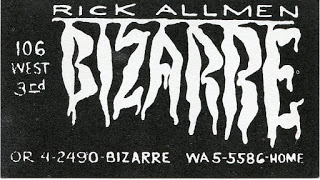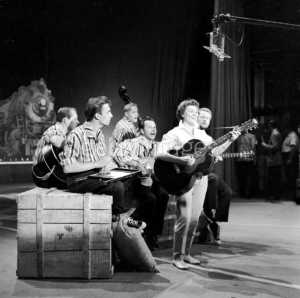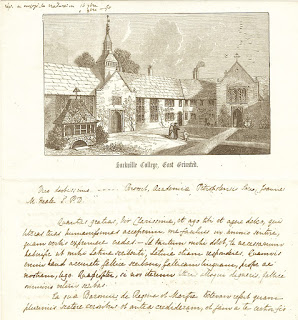Among the large archive of newspaper clippings from the 1950s collected by the late Patrick O’Donoghue , a former lecturer in English at the University of Manitoba, who ended up teaching in his adopted county of Norfolk, is a review of Richard Ellman’s The Identity of Yeats 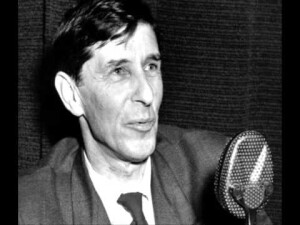 (1954) by the greatest British composer of the twentieth century, Sir Michael Tippett.
(1954) by the greatest British composer of the twentieth century, Sir Michael Tippett.
For a British composer to review a book about a poet is unusual to say the least. It is hard to imagine Edward Elgar reviewing a book about, say Tennyson, or Benjamin Britten, despite his association with George Crabbe, finding time in his busy schedule to seriously review a critical work on the Suffolk poet. But Tippett was no ordinary composer. According to his biographer Ian Kemp, Tippett developed a number of non-musical interests from an early age, from poetry and philosophy, spiritual development, and left wing politics. He published two books that had little to do with music. At one point in his life he became very interested in antique furniture and in 1951 moved to Tidebrook Manor, a crumbling mansion in Sussex. While teaching at a private school in Limpsfield, Surrey he bought some land and built a bungalow for himself on it. It was tiny (your Jotter has visited it) and badly designed, so perhaps architecture wasn’t his forte, but one can’t imagine Britten building a bungalow. It could be argued that all these non-musical activities may have distracted Tippett from wholeheartedly pursuing a career as a composer, for unlike the prodigy Britten, he was a notoriously late starter and destroyed all his early work. But there is something rather appealing in a composer interesting himself in a variety of disparate fields besides music, discovering at last what he was placed on this earth to do, while still retaining an interest in some of his earlier passions. In the case of Tippett, all these non-musical activities seemed to have informed his music.
We don’t exactly know how deeply Tippett was influenced by Yeats, but it is obvious in his review of Ellman’s book that he saw a correlation between Yeats’s views on symbolism in poetry and their application in music. Ellman contends that in his youth Yeats was affected
‘ by the practice of his contemporaries , among whom the rose then had the currency which the bone attained in English poetic symbolism during the 1920s ‘
‘ I am sure’, Tippett contends, that ‘ this could be paralleled in music, where certain chords and certain intervals dominate whole periods. Or ideas behind the images can span centuries.’ Continue reading

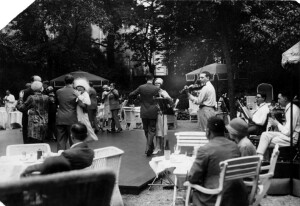
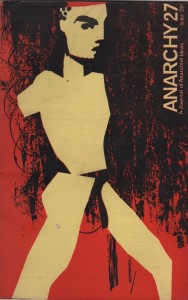
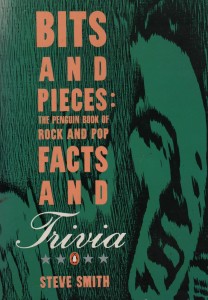
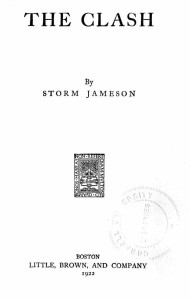
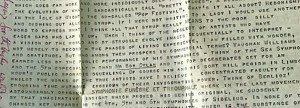
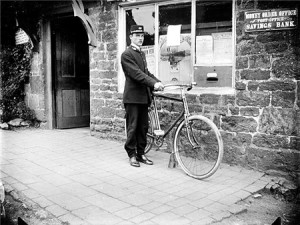
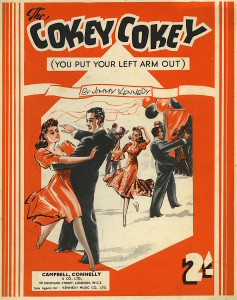 Found- some sheet music for the song The Cokey Cokey which later became the song (and dance) the Hokey Cokey. This is what it is all about… There are many theories about its origins – dealt with at Wikipedia and in a
Found- some sheet music for the song The Cokey Cokey which later became the song (and dance) the Hokey Cokey. This is what it is all about… There are many theories about its origins – dealt with at Wikipedia and in a 